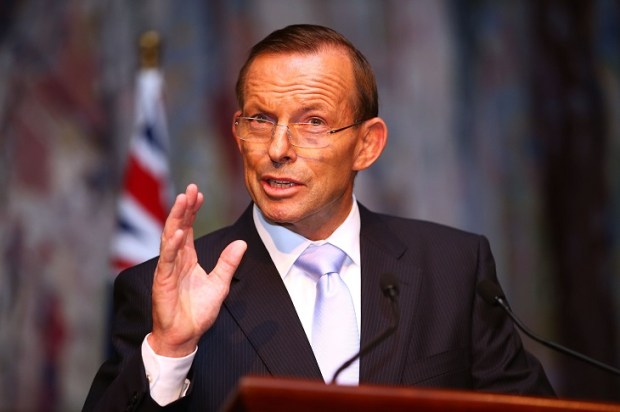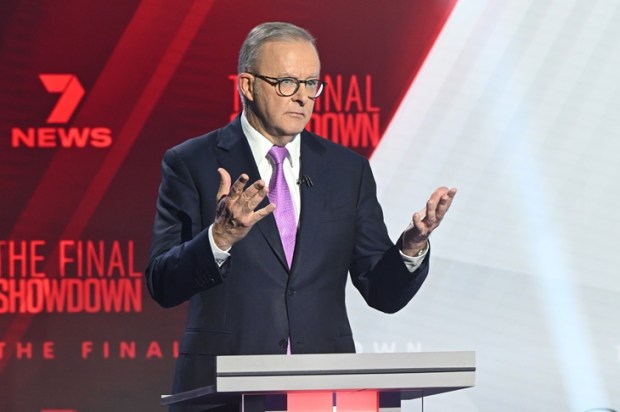The environment social and governance (ESG) movement commenced life over 100 years ago with wowser investors avoiding shares in brewers and distillers. Embargoes on the merchants of sin, with gambling and smoking joining alcohol, have long ceased to be the primary target. The sin is now hydrocarbon energy (particularly coal), with gas and oil as secondary prey. That other bête noir of green agitators, nuclear, is considered an additional activity to be avoided and divested.
With this agenda, ESG investors have come to dominate stock exchanges, and their funds expected to total $50 trillion by 2025 which is over one-third of total global stocks.
Although early ESG investors recognised that their choices, in limiting investment opportunities, would likely lead to somewhat lower returns, hustlers have since taken control.
In the words of JP Morgan:
‘The emphasis on ESG isn’t about companies or investors penalising themselves in the interests of a greater societal good. On the contrary, this relatively new trend in investing is a sign that an ESG emphasis is linked with an expectation of better returns.’
Such claims were apparently validated by three features of their investment strategy.
Firstly, ESG funds tended to be overweight in well-performing tech stocks. Secondly, many tended to be heavily invested in property, which has also increased in relative value (but with some of that increase suspect in the case of unlisted property trusts). Thirdly, the pariah nature of firms that failed to qualify as ESG-compliant tended to drive down their share prices.
Bloomberg claims:
‘[ESG] is fundamentally reshaping the financial industry, becoming part of financial reporting. This is in part due to mounting scrutiny from regulators, markets being more sensitive to ESG-related news, and asset owners appointing managers on the basis of ESG across asset classes.’
As a result, there is a thriving new industry comprising experts who can be hired to validate firms’ ESG credentials, thereby helping the avoid prejudicial impacts from financiers and the burgeoning band of shareholder activists.
However, increasingly stringent requirements for verification have downsides. They are leading to the former head of the Bank of England Mike Carney’s ESG coalition of 450 finance companies (accounting for $130 trillion of assets) to reconsider their commitment.
Nonetheless, the power of shareholder activism is forcing management to shift away from the profit maximisation that has driven productivity gains. This is evident in firms’ copious claims to environmental virtue now prominently covered in their Annual Reports.
It has also led to strategic changes.
Nowhere is this more evident in a major shareholder pressuring a not altogether unwilling management of AGL, Australia’s largest energy business, to close its most profitable assets: the Liddell, Loy Yang, and Bayswater power stations. AGL, in the midst of an energy price boom, has seen its share price reduced by two-thirds. It now has a market capitalisation at only $5 billion and is vainly planning to replace its solid coal assets with $20 billion in the subsidy-reliant wind, solar, and batteries.
Contrary to JP Morgan’s ESG sermonising, avoiding hydrocarbon shares is now proving costly. Thus, in 2022 to date the ASX 200 is down 8.6 per cent. By contrast, the energy index is up 38 per cent, and four leading Australian coal heavyweights: Yancoal, Whitehaven, Stanmore, and New Hope have seen their share prices increase 67 per cent, 178 per cent, 117 per cent and 165 per cent. This follows a value reassessment of hydrocarbon-based energy producers and suppliers in light of the Ukraine war. That has taken place notwithstanding the ‘principled’ refusal of Woke financiers and insurance businesses to deal with coal gas and oil producers.
Unsurprisingly, green-left governments are adopting ESG’s hostility to coal just as markets are recognising its value. Queensland says it will phase out the state-owned coal generators (which comprise most of the state’s capacity) by 2035. It plans to replace them at a cost of $62 billion in transmission network pumped storage and renewables. Renewables are to rise eight-fold by 2035 to comprise 80 per cent of supply, up from 21 per cent currently. Queensland claims its measures will lead to $150/year saving for households in 2032, a claim just as implausible as the Commonwealth government’s $275 forecast saving (now quietly dropped) from its own measures to replace coal with renewables.
However, virtue signallers are paying penalties in addition to missing out in real value increases. Political push-back is evident with the disillusion regarding the myth of low-cost weather-dependent renewables as seen in the replacement of the Johnson Government in the UK, the victory of the right in Italy, and France’s re-adoption of nuclear.
Moreover, in America, Republican state administrations are increasingly penalising ESG-oriented financial intermediaries. Arizona, Texas, and West Virginia accused BlackRock of pursuing a ‘climate agenda’. In response BlackRock maintains that it does not ‘dictate to companies what specific emission targets they should meet or what type of political lobbying they should pursue’. In West Virginia, the firm has been restricted from handling some state financial business.
Share market trends and political push-backs against the Woke are unmistakable. Can these rescue western economies from their lemming-like destruction of the low-cost reliable energy that underpins standards of living?

























